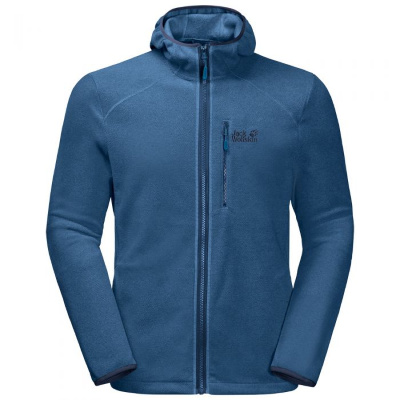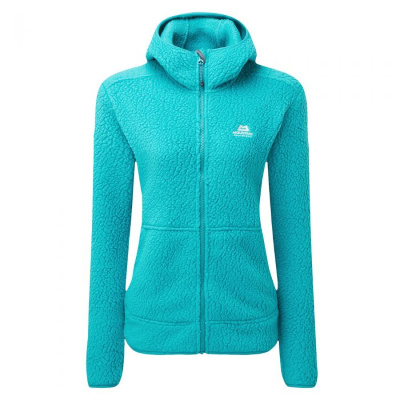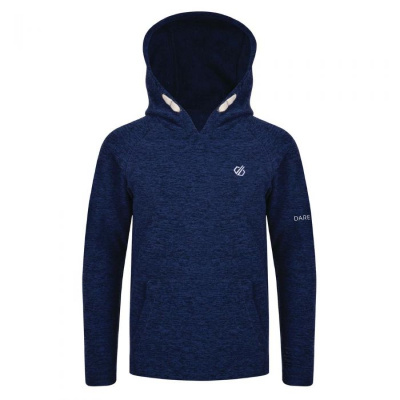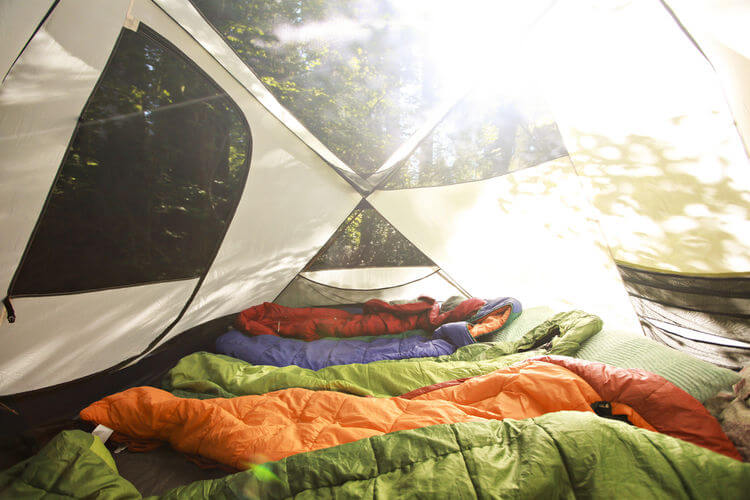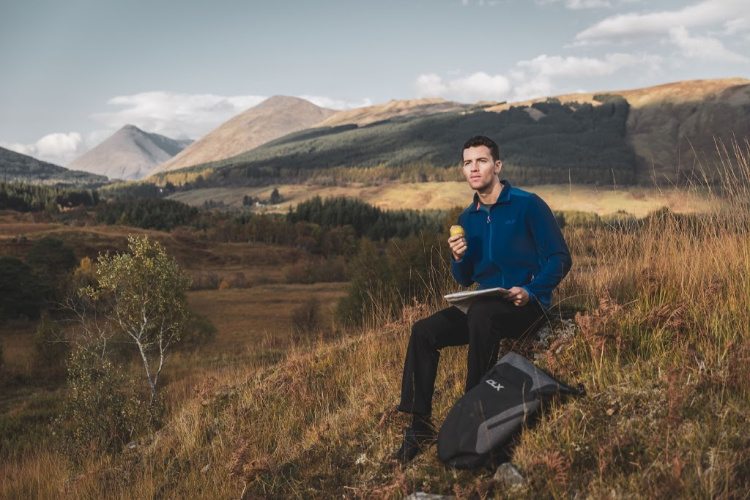
A fleece is a vital part of the layering system and a warm, but lightweight, piece of clothing that can be used as an outer layer on cooler days.
When living somewhere with weather as unpredictable as the UK, it’s important to layer-up and have clothing options that won’t weigh you down but will be useful when temperatures get a little too chilly for your liking.
However, one fleece does not serve all and so there are different types depending on their thickness and structure - some including a hood, for example.
Winfields Outdoors has created this buying guide to inform you about fleeces, how they work, their features and how to choose the perfect fleece for you…
What is a fleece?
Whether you’re climbing mountains or walking through the woods, a fleece will keep you warm. Despite there being an extensive range of styles and designs available - particularly at Winfields - each fleece performs a broadly similar job.
A fleece is a man-made soft, warm and lightweight fabric mid-layer. They are ideal for outdoor activities because the fabric keeps you warm without adding weight.
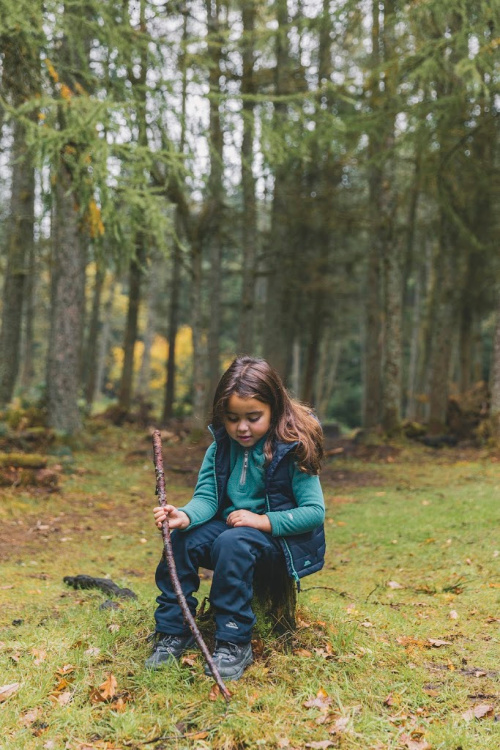
Most fleece is made from 100% polyester - from Polyethylene terephthalate - and can include fleece trousers and gilets; however, a fleece is most often a jacket or top. These mid-layers trap air and keep you warm while being made with different weights and features to suit different needs.
What are the types of fleece?
Fleeces are often divided into type by their weight or appearance, but may often be called microfleece, mid-weight fleece, heavyweight fleece and textured fleece.
Microfleece
The thinnest and most lightweight of fleeces, microfleeces are an excellent mid-layer but work just as well as standalone outerwear. A microfleece will provide a lower level of insulation while its breathability makes them ideal for activities such as running.
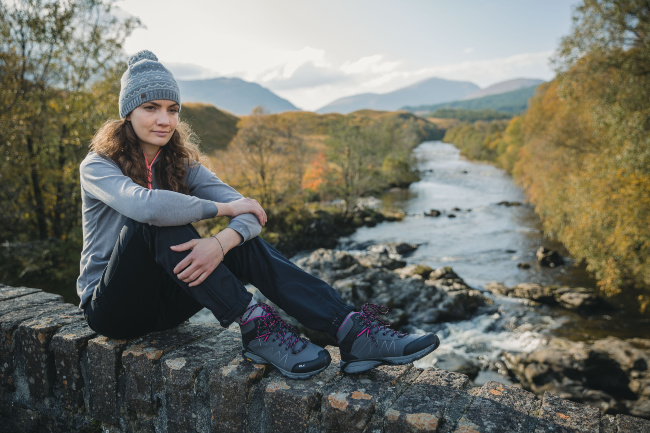
When it comes to weight, any fleece that is up to 200g/m² is considered a microfleece. This means that they allow for greater flexibility when doing physical activity, as they aren’t too thick to restrict movement.
Mid-weight Fleece
The most common type of fleece, often called a standard fleece, is also the most versatile making it ideal for everyday wear and various activities. A mid-weight fleece has higher insulation and comfort than microfleeces, meaning they can perform as an outer layer.
A mid-weight fleece will usually have a weight of 200 - 300g/m². This type of fleece will offer less flexibility than a microfleece, but its thickness will compensate in cooler conditions. Mid-weight fleeces are often found in a 3-in-1 jacket.
Heavyweight Fleece
A heavyweight fleece is, naturally, at the top of the range when it comes to weight. This type of fleece is best suited for very cold weather, where you won’t be doing much physical activity, as movement is limited by the fleece’s thickness. This is a true winter layer.
Heavyweight fleeces have a weight of 300g/m² and above. Flexibility is very limited, but these fleeces are the most insulating and are not suited for exercising as you will overheat quickly. Heavyweight fleeces are best suited to very harsh climates or Arctic conditions.
Textured Fleece
A textured fleece will be similar in weight as a heavyweight fleece but features a patterned fabric. This is often for decorative and design purposes, for a more luxurious-looking fleece with a softer feel. A textured fleece can, therefore, be worn for dressier occasions.

These fleeces will sit between 200 - 300g/m² or above in weight. A textured fleece is ideal for wearing as a standalone outer layer when out in the cold or as a mid-layer under a coat when temperatures drop.
Fleece Weight and Activity Guide
- 100g/m²: ideal for high output activities, such as running or climbing, or as a mid-layer under another fleece or shell jacket on a moderately cold day.
- 200g/m²: perfect for hiking to keep warm when resting, an all-rounder that provides great breathability when moving and a mid-layer under a waterproof.
- 300g/m²: ideal for winter walking and arctic conditions under an expedition-type coat, this can act as a top layer for walking in cool weather.
You should always consider which outdoor activities you will be doing before buying a fleece.
What are the features of a fleece?
Manufacturers often redesign fleeces, but there are features that are found on every type of fleece to keep you warm, dry and comfortable when walking or enjoying the outdoors. Below are the main features that you should look for when buying a fleece.
Hood
A hood will not only keep you warm but can provide some protection from rain. A hood can fit under a helmet, which is perfect for when you’re climbing or biking so you can retain warmth with a comfortable fit. A close-fitting hood will retain warmth and won’t allow wind to get inside the jacket.
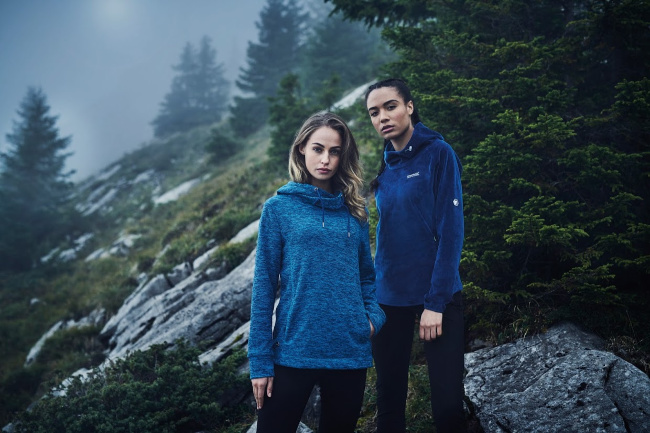
Is a fleece waterproof?
No, a fleece is not waterproof but can be moisture-resistant. When washing fleece, be careful - they are flammable, so do not iron or tumble dry it and make sure the heat on a radiator is not too high.
Zips & Interactive Zip
There are often two choices of zip with fleeces - full-zip or quarter-zip. A full-zip can make it like a jacket while a quarter-zip fleece is similar to a jumper. Another feature is an interactive zip which links with a waterproof jacket seamlessly. This makes it perfect for winter when it's raining and cold, creating a 3-in-1 jacket.
Pockets
Fleece pockets are usually lined with another fabric to help heat up your hands in colder temperatures. Pockets will be placed in various locations around the fleece to accommodate certain needs. For example, higher front pockets - on the chest - will let you wear it with a harness or have easy access to essentials.
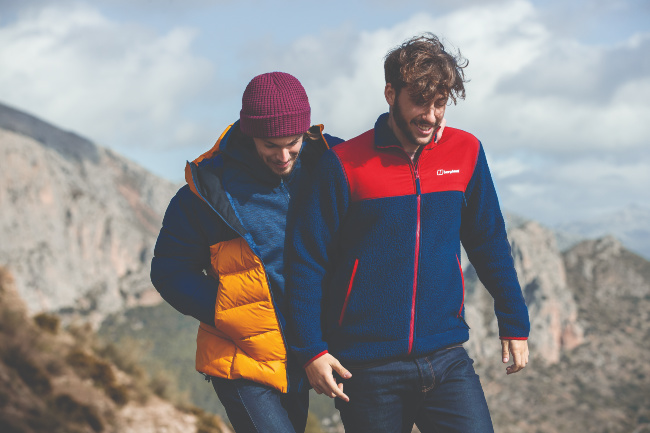
Adjustable Hem
Fleeces sometimes have adjustable hems to be fastened properly. An adjustable hem means you can restrict air from getting into the garment and seal it, creating a more windproof layer. Using a toggle or drawcord, you draw the hem in for a better fit and a cold-weather barrier.
Anti-Pill
An anti-pill feature means that a fleece has been treated to prevent little balls - or pills - of thread appearing on the surface of the fabric. These pills of thread are mostly the result of washing and drying and can affect a fleece’s heat capabilities. Anti-pill treatment means the fleece will be bobble-free.
What is the fit of fleece?
Fit and comfort are essential when it comes to any outdoor clothing and these are affected by thickness, weight, material type and fit.
Many fleeces use stretchable fabrics to allow natural movement. This also ensures a comfortable fit and that you are not restrained by the material itself. Various stretch limits are available in fleeces to suit a range of activities.
Features such as a corded hem, an adjustable waist and Velcro cuffs allow you to adjust and tailor the shape of a fleece to fit your body perfectly. These features help prevent wind from getting in and retain heat to keep you warm.
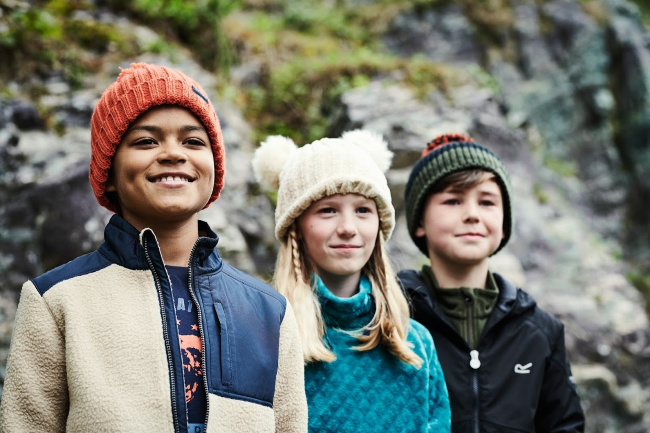
You should also consider the thickness and shape of a fleece because this will affect how packable it is in a rucksack. Fabric technologies have created warm fleeces which have less weight and bulk, making them perfect for stuffing in your pack.
When it comes to fit and sizing, this depends on how you will use it. If worn over other layers, the fleece should be larger, so as not to restrict movement. A fleece used as a mid-layer should be relatively snug to maximise heat retention and breathability.
